Colorado is famous for dramatic peaks and busy resorts, yet some of its quietest corners keep drawing people who like slow stories and small details. This list explores places that look plain at first glance but reward patient travelers with quirky history, serene scenery, and low-key charm. If you prefer calm over crowds, you might find your next stop hiding in the margins of the map. Give these unflashy sites a chance and Colorado will surprise you in a different way.
1. Limon Heritage Museum and Railroad Park
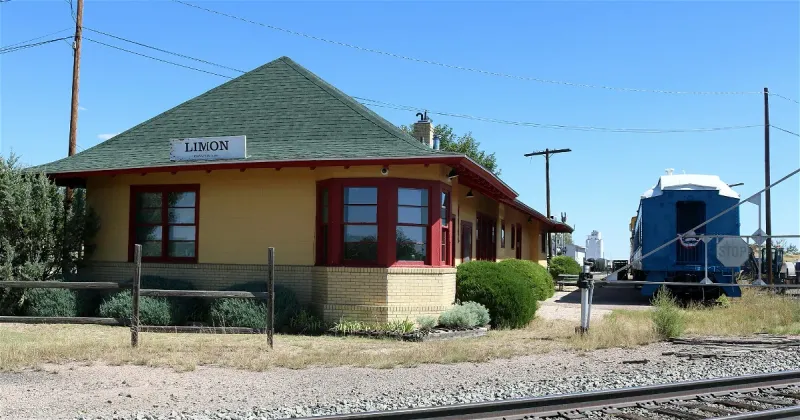
On the Eastern Plains, Limon’s Heritage Museum seems modest, but it tells a clear story of Colorado rail life. The grounds include a depot, a caboose, and small outbuildings that highlight daily routines rather than dramatic events.
Exhibits focus on tools, schedules, and the slow spread of services across prairie towns. Travelers who enjoy context will find well-labeled displays, friendly volunteers, and careful preservation. The museum also outlines the 1930s rail traffic and its role in regional recovery, citing documents and local archives.
There is little noise here, only the sound of wind across the tracks and passing freight. It makes a good stop on cross-state drives along I?70. You leave with a better sense of how the plains fed the Front Range long before today’s rapid growth.
2. Kit Carson County Carousel, Burlington
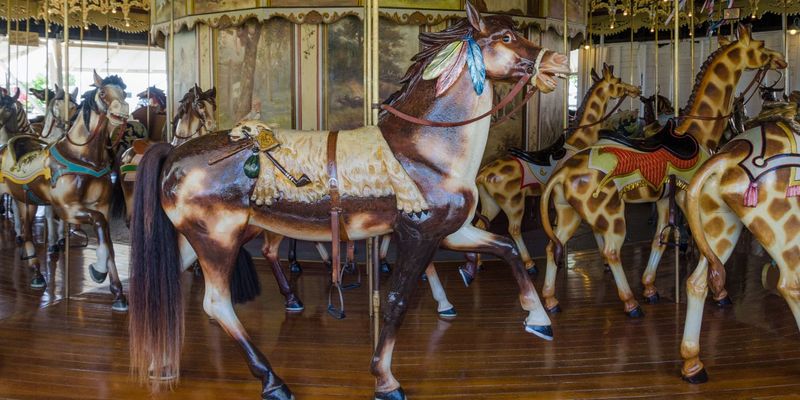
The Kit Carson County Carousel looks like a quick stop, yet it holds a rare hand-carved menagerie tied to early 1900s fair culture. The animals are painstakingly restored and still operate at measured speed, accompanied by a historic band organ.
Visitors often expect a flashy amusement ride, but instead encounter craftsmanship and conservation. The site offers careful interpretation on the carving shop origins, paint layers, and maintenance methods used by trained restorers. Docents cite preservation reports that document the stencils, pigments, and music rolls.
The experience is gentle and short, which suits families seeking a calm break near the Kansas line. It also underscores how Colorado collected and protected small-town artifacts before they vanished. Even if you stay briefly, the carousel’s steady rhythm becomes the point rather than the thrill.
3. Pueblo Weisbrod Aircraft Museum
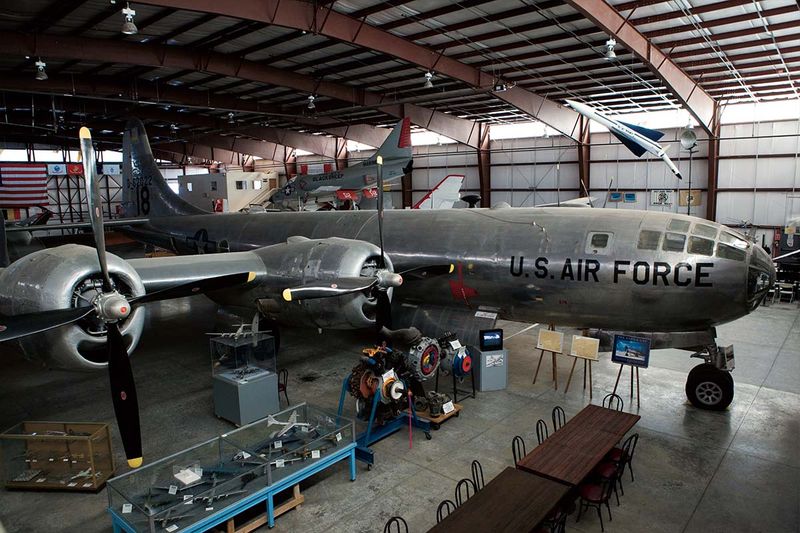
From the highway, Pueblo’s aviation museum looks like a few hangars on a flat field. Inside are well-documented aircraft, engines, and local aviation records presented without flashy effects. Volunteers share maintenance logs and restoration notes that back up stories of training fields and regional air routes.
The museum outlines Pueblo’s role in wartime training and civil aviation, citing unit rosters and base maps. Visitors interested in technical details can study cutaways and placards that explain systems plainly. It is calm, organized, and easy to navigate, with aircraft positioned for close inspection rather than dramatic staging.
This steady approach suits travelers who prefer information over spectacle. In southern Colorado, it provides a thoughtful pause between mountain drives and city stops.
4. Bent’s Old Fort National Historic Site, La Junta
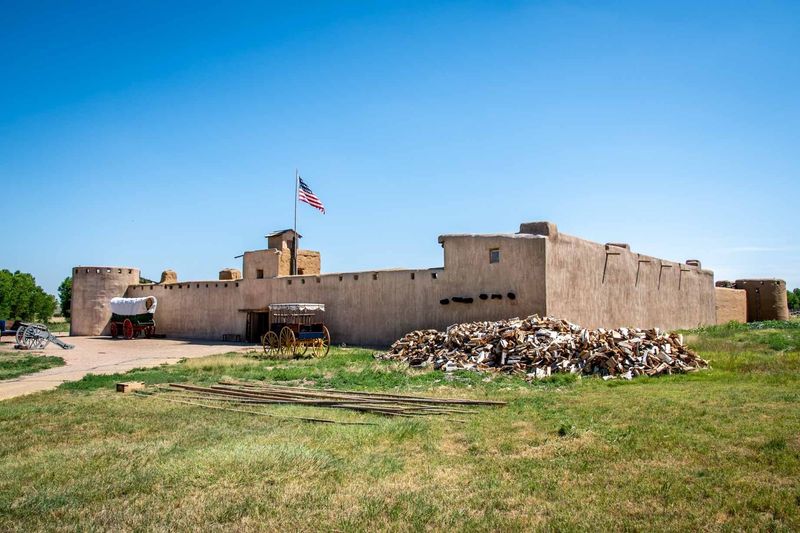
Bent’s Old Fort is a reconstructed trading post that favors routine over reenactment drama. Guides openly explain which sections are archeologically supported and which are based on records and period drawings.
Visitors explore rooms stocked with trade goods, simple bunks, and a kitchen built to illustrate daily life on the Santa Fe Trail. The site points to diaries and company ledgers that document traffic through the Arkansas River corridor. You will not find loud shows, just steady interpretation and calm spaces. It works best for travelers who enjoy reading the plaques and asking practical questions.
When prairie light fills the courtyard, the simple architecture feels complete. This corner of Colorado encourages patient observation rather than quick photos.
5. Kaufman House Museum, Grand Lake
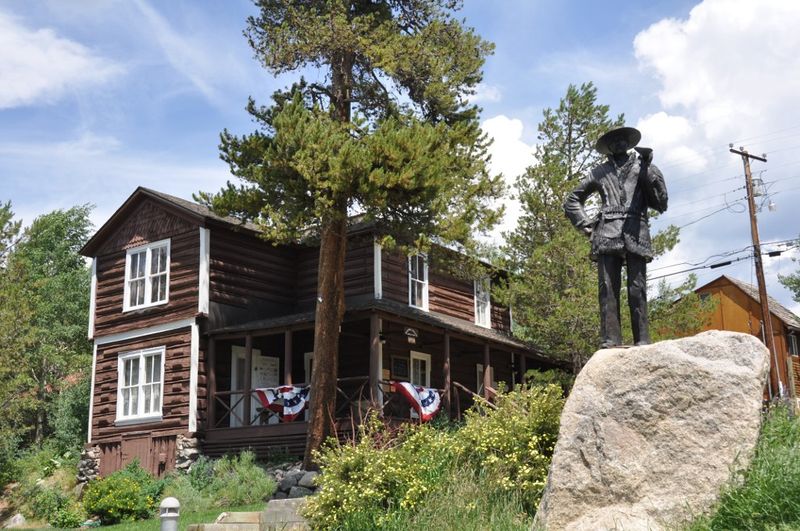
Grand Lake’s Kaufman House appears like a plain wooden lodge, but it anchors a careful timeline of early resort life. Inside, curated rooms show records of stagecoach arrivals, lake ice harvesting, and guest registers that mark a slow rise of tourism.
Volunteers cite source materials from local archives and regional newspapers to verify stories. The museum’s calm tone lets you connect artifacts to the town outside the windows. It is not a spectacle, yet it offers clarity about how mountain communities developed.
Exhibits rotate seasonally, and small details like labeled cookware or maps reward attentive visitors. In northern Colorado, this stop pairs well with a peaceful lake walk. You leave with a grounded sense of settlement rather than postcard gloss.
6. Lowry Heritage Museum, Denver
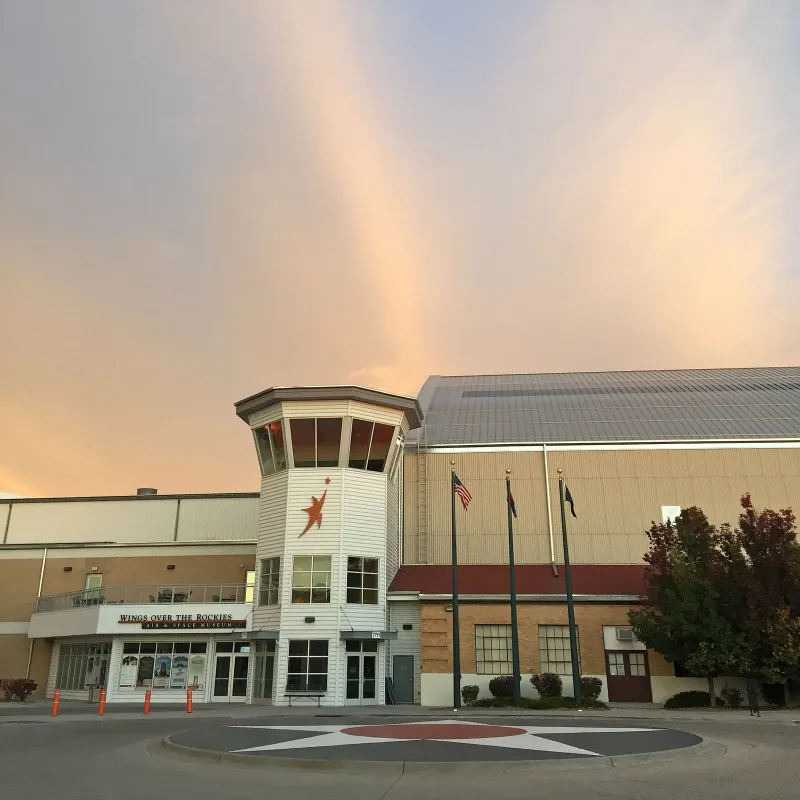
At the former Lowry Air Force Base, this small museum documents training missions, classroom layouts, and everyday base life. Instead of eye-catching displays, you get photographs, lesson plans, and technical manuals that trace aviation education.
Exhibits note how Lowry shaped Denver’s mid-century neighborhoods, citing city planning records and base closure documents. It is compact but informative, ideal for visitors who like original sources over grand narratives. The museum’s focus on curriculum and equipment feels restrained yet thorough. Staff can point to specific aircraft previously stationed at Lowry and where components were maintained.
The surrounding redevelopment shows how the land changed after the base closed. This understated corner of Colorado offers clear context with very little noise.
7. National Mining Hall of Fame and Museum, Leadville
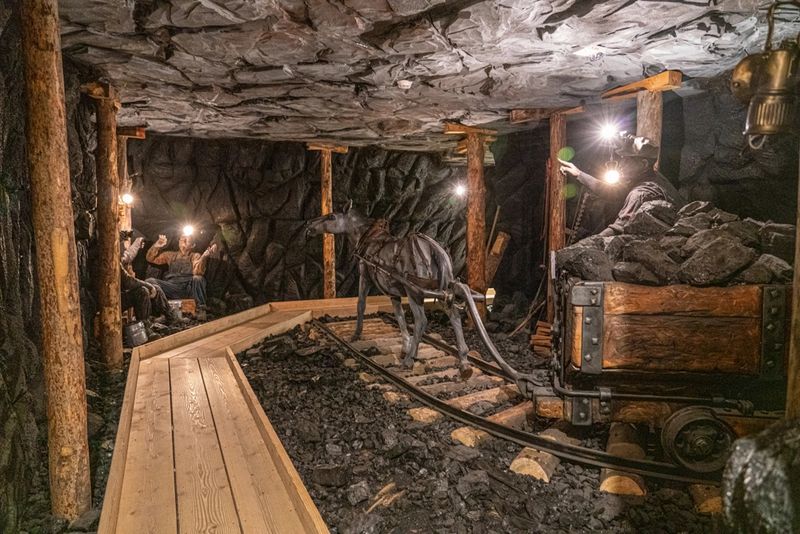
People visit Leadville for mountain views, then find a museum devoted to the practical side of mining. It leans on models, equipment, and verified production records, avoiding theatrical effects. Exhibits show drilling methods, ore processing, and safety changes with references to state reports.
Hall of Fame profiles cite company archives and trade publications, grounding achievements in documented outcomes. The lighting is steady and the rooms are quiet, which helps you follow the technical story. Kids can study labeled tools and clear diagrams without crowds pressing in.
This is one of Colorado’s most informative indoor stops for learning how ore built towns. You leave with useful context for mining ruins you see along nearby trails.
8. Wings Over the Rockies Air and Space Museum, Lowry
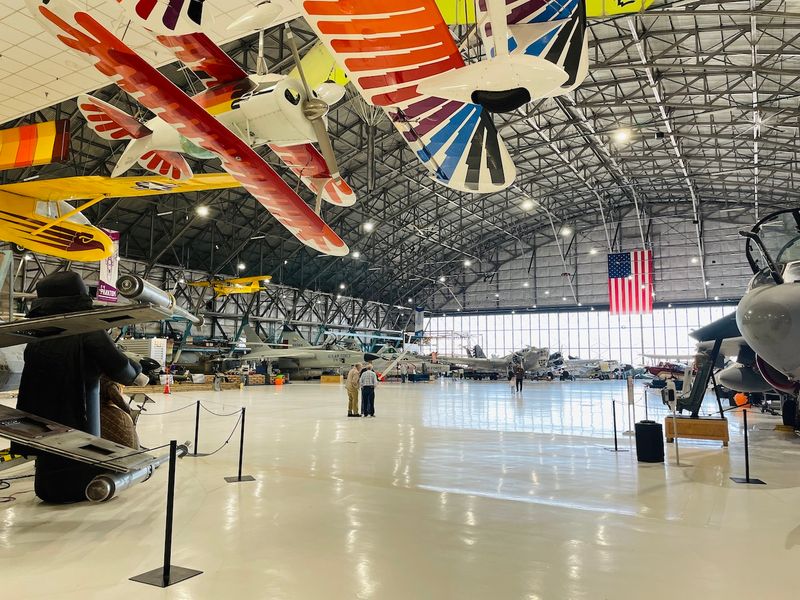
This Denver museum sits in a former hangar that looks plain from the outside. Inside, aircraft and spacecraft exhibits are presented with a measured tone focused on engineering. Placards cite manufacturer data, service histories, and restoration notes that back each claim.
The museum emphasizes hands-on learning and accurate labeling rather than theatrical soundtracks. Volunteers often have technical backgrounds and can point to manuals and diagrams. The large floor plan keeps noise down, making it easier to read and think.
Visitors who enjoy straightforward information will likely appreciate the approach. It adds a quiet, fact-centered layer to Colorado’s aviation story without flash.
9. Glenwood Springs Doc Holliday Collection at Frontier Museum
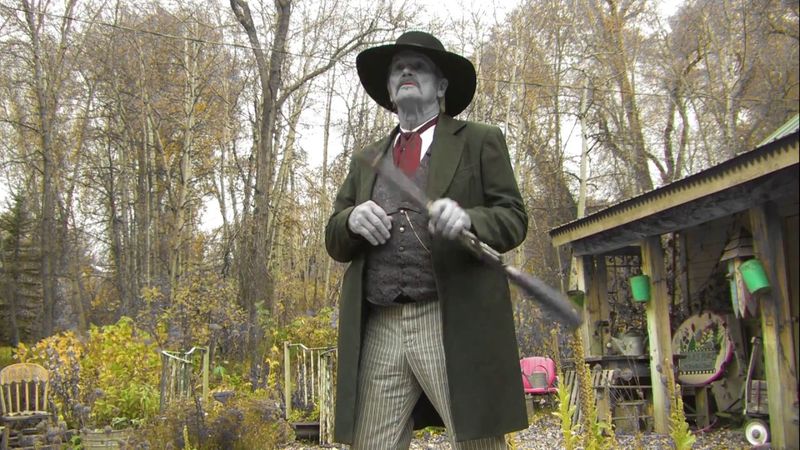
The Frontier Historical Museum in Glenwood Springs includes a careful collection tied to Doc Holliday and local life. The displays avoid tall tales and focus on documented items, newspaper clippings, and verified timelines.
You will see modest rooms, labeled artifacts, and copies of source materials that temper romantic narratives. Staff refer to specific citations when answering questions about Holliday’s final days. It is small and quiet, which suits travelers who like to verify stories rather than chase legends.
The museum’s wider exhibits on ranching and river travel provide additional context for the town’s growth. In western Colorado, this is a grounded stop between hot springs and canyon hikes. The details linger because they are practical and sourced.
10. Florissant Fossil Beds National Monument Visitor Center
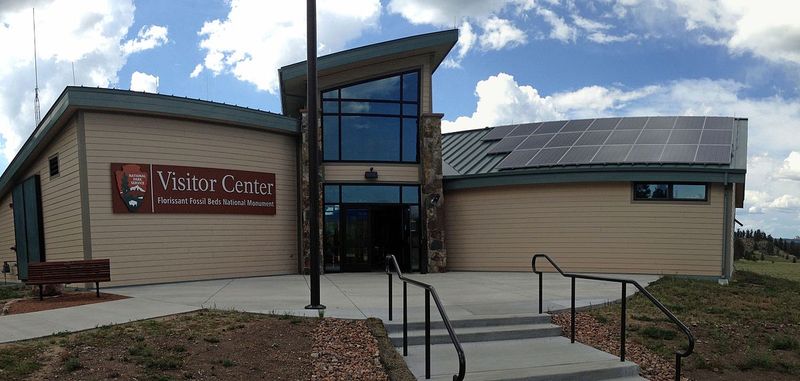
At first glance, the visitor center near Florissant seems like a simple building off a quiet road. Inside, you get clear displays on fossilized insects, plants, and petrified stumps, each supported by peer-reviewed research summaries.
Rangers explain how volcanic ash and lake sediments preserved delicate specimens, citing published studies and ongoing fieldwork. Trails are easy, signs concise, and the tone is steady rather than dramatic. Families who enjoy learning at a calm pace will find it rewarding.
The indoor exhibits tie directly to what you see outside, so the field becomes less mysterious. In central Colorado, it is a patient science stop that favors careful observation and data.
11. Bent County Courthouse, Las Animas

The Bent County Courthouse is not flashy, but it reflects how civic buildings quietly anchor rural life. Visitors can view the exterior and appreciate the restrained design that served legal and administrative needs for decades.
Local history groups document the courthouse’s role in land cases, public works decisions, and regional coordination. Its importance shows up in minutes, maps, and policy archives rather than monuments. The surrounding blocks move at a slow pace that matches the building’s purpose. Travelers who enjoy architecture without crowds will find a straightforward example here.
It is a simple reminder that governance in Colorado often happened far from the Front Range spotlight. Take a short walk, read the plaques, and you will understand how small towns stay organized.
12. Baca House and Bloom Mansion at El Pueblo History Museum, Trinidad
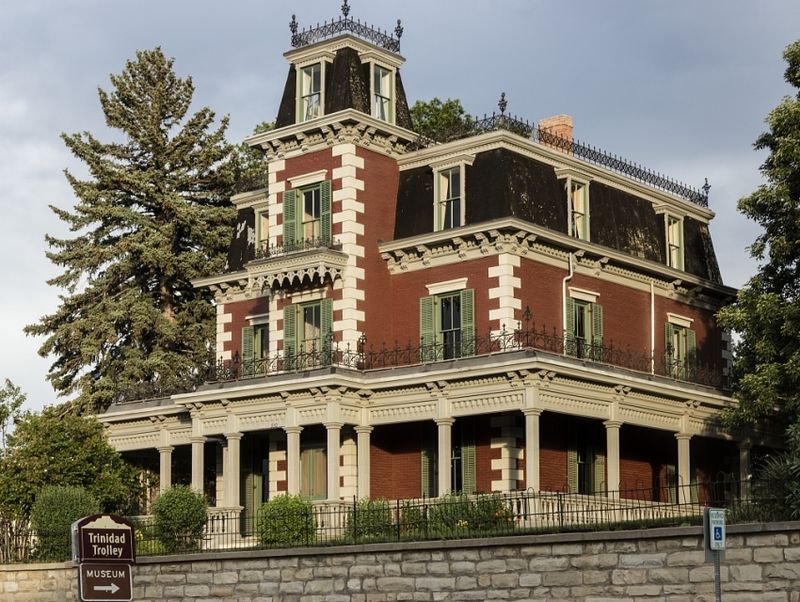
In Trinidad, the Baca House and nearby Bloom Mansion present ordinary rooms carefully set with period furnishings. Docents reference inventories, letters, and purchase records that support the layouts you see.
The homes highlight trade ties along the Santa Fe Trail and the influence of merchants on town growth. Tours focus on daily routines rather than dramatic moments, which suits visitors who like to connect facts across rooms. The interpretation is even, with citations and changing exhibits that note new research.
This is an easygoing complement to walks around Trinidad’s historic district. Southern Colorado reveals itself through steady details instead of big set pieces.
13. Colorado Welcome Center at Fort Morgan
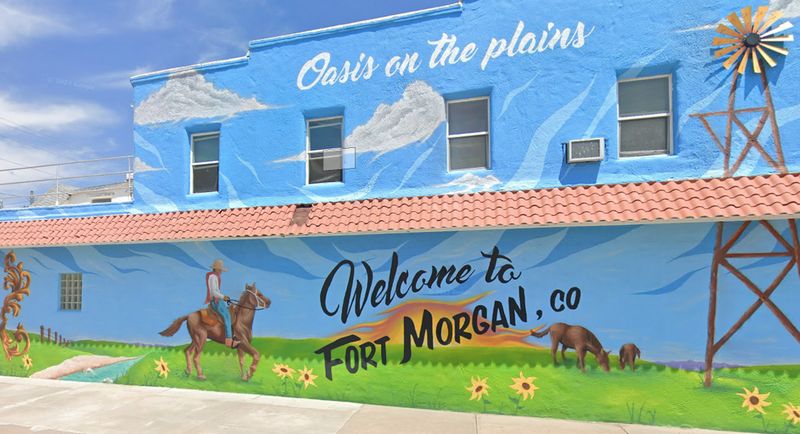
The Fort Morgan Welcome Center appears utilitarian, yet it offers reliable maps, road updates, and regional tips backed by current sources. Staff maintain event calendars, wildlife viewing guidance, and construction notices that help travelers plan without guesswork.
Displays cover agricultural history and prairie ecosystems with references to state and federal resources. The tone is practical and calm, suited to road trippers crossing northeastern Colorado. It is a place to reset, confirm routes, and collect brochures that actually get used.
Nearby walking paths and public art add a light touch if you need a break. You leave better prepared, which may be the most useful outcome on a long drive.
14. San Luis Valley Museum, Alamosa
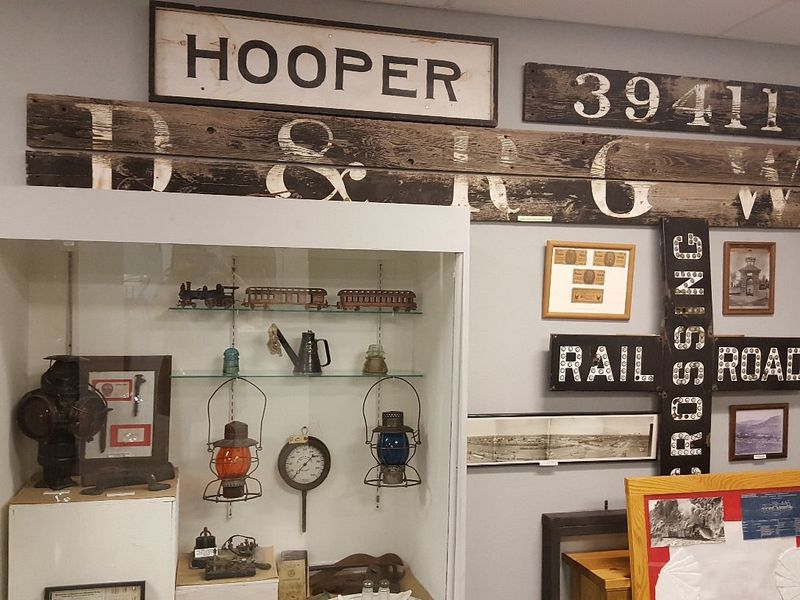
This small museum focuses on local stories of ranching, irrigation, and railroad links across the San Luis Valley. Exhibits reference water rights documents, maps of canals, and community records that shaped settlement patterns.
The tone is measured and respectful, noting Hispano heritage and agricultural innovation with cited sources. Rooms are simple and well labeled, encouraging visitors to connect artifacts to the valley’s long horizons. It is quiet most days, which suits travelers who prefer reflection over spectacle.
Staff can point you to nearby historic sites, wildlife areas, and seasonal events. In southern Colorado, this museum adds context that makes the landscape far more readable from the highway.
Dear Reader: This page may contain affiliate links which may earn a commission if you click through and make a purchase. Our independent journalism is not influenced by any advertiser or commercial initiative unless it is clearly marked as sponsored content. As travel products change, please be sure to reconfirm all details and stay up to date with current events to ensure a safe and successful trip.